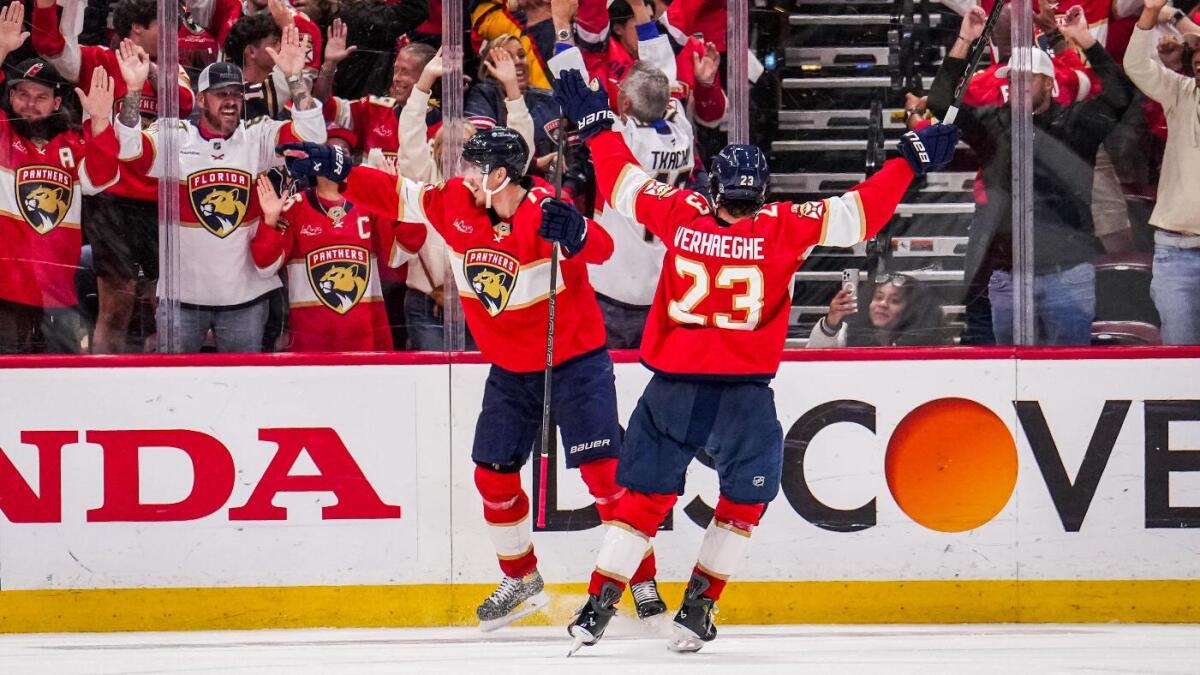For the third consecutive year, Florida’s Panthers have made it to the Stanley Cup final, placing the Sunshine State at the center of the hockey world. While some critics have expressed concern over the advantages the Panthers seem to enjoy and the absence of a major American hockey market in the finals, the team’s on-ice success is ultimately beneficial for the sport’s long-term growth.
Between 1997 and 2020, the Panthers rarely made waves in NHL standings, often ranking from mid-tier to near the bottom. Essentially, they were a largely overlooked franchise in a market where hockey wasn’t a priority. However, significant changes have occurred recently. Under the leadership of General Manager Bill Zito, the Panthers have transformed into a strong, consistent contender vying for their second consecutive Stanley Cup. Attendance has risen, and both team support and grassroots hockey enthusiasm in the region have surged.
Contrary to popular belief, the Panthers’ success isn’t due to tax advantages or Florida’s favorable weather. The organization has strategically built a competitive roster and invested heavily in embedding hockey deeply into the local community. The so-called "Sun Belt problem" is often overstated or joked about, but the Panthers’ achievements highlight a major win for both the league and the sport, independent of financial loopholes.
When analyzing the Panthers’ roster, it’s hard to find weaknesses. Their success stems from smart drafting and making savvy trades to acquire top talent. Although first-round draft picks can be hit or miss, the Panthers have landed key players like Barkov, Ekblad, and Lundell, all of whom play crucial roles. Beyond these stars, the team excels at uncovering undervalued players from across the league who contribute significantly at reasonable costs.
For instance, in 2020, the Panthers signed Gustav Forsling, an elite defenseman, after Tampa Bay chose not to retain him, hoping the Panthers’ appeal wouldn’t overshadow other offers. However, Florida dropped the tax exemption before the 2020-21 season, dispelling theories about tax advantages. Other players, such as Eetu Luostarinen and Sam Bennett, were also acquired at modest values and subsequently became vital members of the team.
Two pivotal moves that reshaped the Panthers’ fortunes were acquiring Sam Reinhart in 2021 and Matthew Tkachuk in 2022. Reinhart has become a top scorer and valuable player, while Tkachuk, acquired for a high point-scorer and a draft pick, has been a critical piece of the team’s success. Teams in states with no income tax, like Florida, Tampa Bay, Dallas, and Vegas, do benefit financially, but the Panthers have earned their spot with fair play and smart management, helping to expand hockey’s reach across the U.S.
Beyond winning games, the Panthers are also committed to growing hockey locally. South Florida’s year-round sports culture makes it challenging for hockey to carve out a niche, but the team’s "Learn To Play" program for young children and their Floorball and ball hockey initiatives in schools have seen significant participation increases. They also created a girls-only youth hockey program to foster female participation in a supportive environment, contributing to phenomenal growth in youth hockey numbers in Florida, including an 8.4% rise in youth involvement and a 9.4% increase among young women from 2022-23 to 2023-24.
John Colombo, the Panthers’ Vice President of Community Relations, emphasizes the importance of getting kids involved early and proud to wear the Panthers’ badge. These grassroots efforts, combined with on-ice success, are helping to build a vibrant hockey culture in a traditionally non-traditional market.
As Florida’s Panthers continue to thrive, this challenges the notion that hockey’s future lies only in the traditional northern markets. The NHL’s expansion into new regions creates excitement and opportunity, showing that smart management and community engagement can grow the sport in unexpected places.
Fan Take: The Panthers’ rise signals a thrilling era for hockey, proving that passion and strategy can overcome old stereotypes about “non-traditional” markets. For fans, this means a broader, more diverse hockey landscape that could lead to even more exciting rivalries and growth for the sport nationwide.



